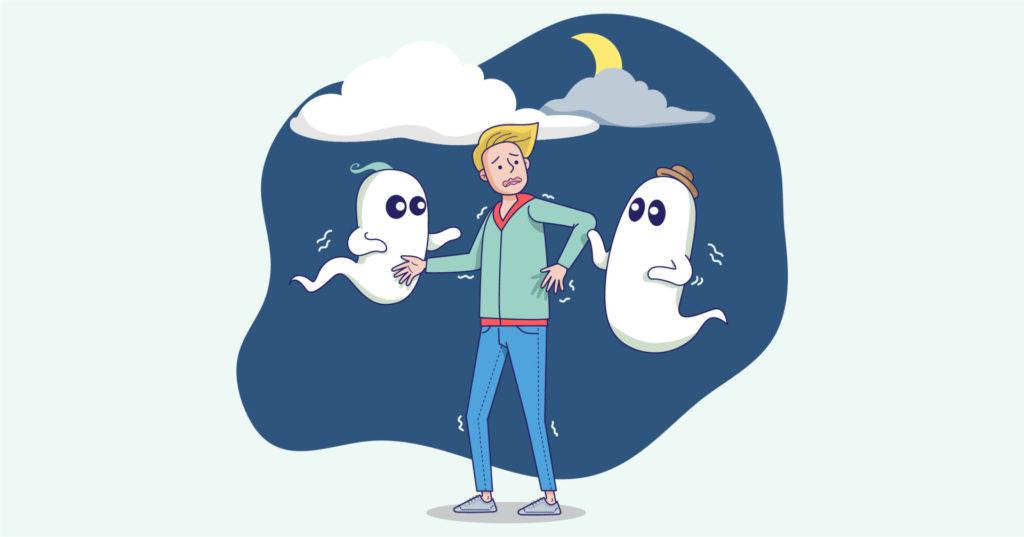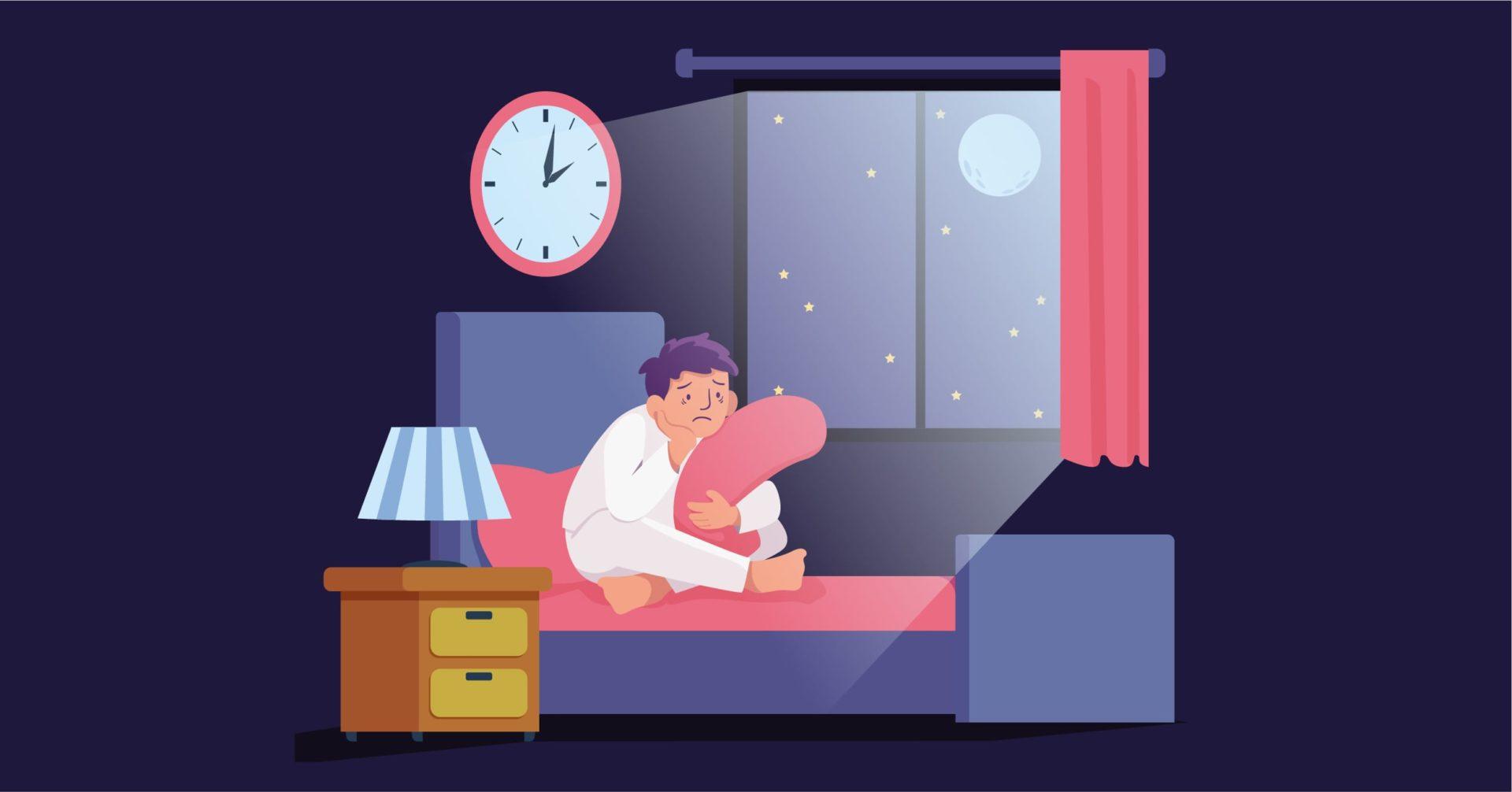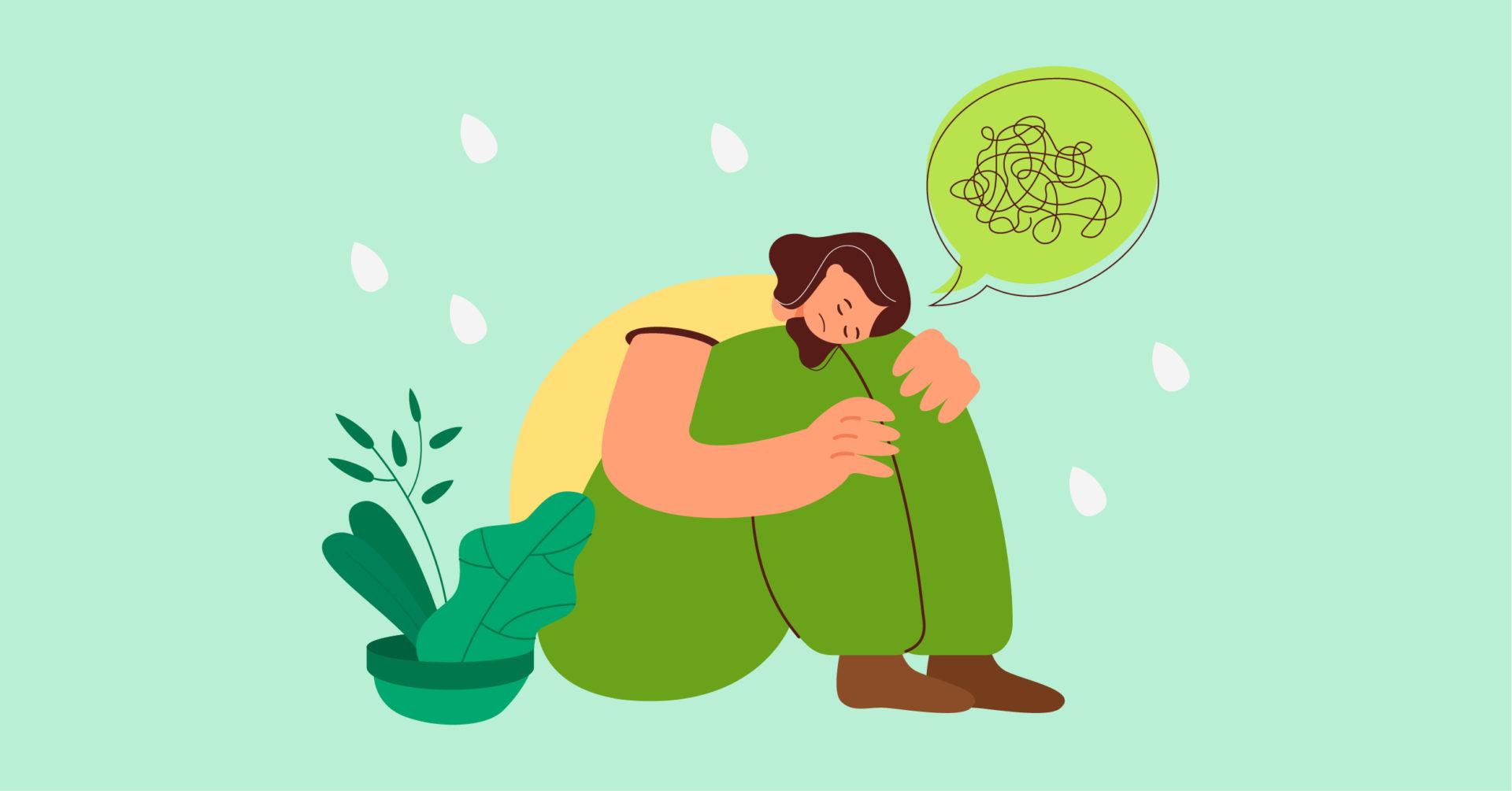What is Agoraphobia?
Agoraphobia is an intense fear of open or enclosed spaces, being in crowds, being outside of home alone, or using public transportation. The person takes active steps towards avoiding the feared situations, or only enters such situations with a trusted companion. They are anxious about not finding clear escape routes, and fear embarrassment. The embarrassment may be in relation to having a panic attack or situation specific embarrassment such as falling off the stairs or incontinence, as commonly seen among the elderly.
A person suffering from Agoraphobia is going to persistently engage in avoidance behaviours. They tend to avoid situations where they fear they might panic and embarrass themselves. Common avoidance behaviours include not leaving the house, sitting close to the escape routes such as exit doors if they are visiting crowded places, not being able to drive a car, inability to ride busses or trains, or avoiding crowds in general.
These avoidance behaviours make their lives complex and isolating. Their persistent need to avoid social situations makes it difficult for them to attend social events with friends and family or even travel to work. In extreme cases, they avoid going out of their houses altogether.
Common Signs and Symptoms of Agotaphobia
Common symptoms include:
- Being afraid of leaving the house.
- Fear of enclosed or open spaces.
- Fear of crowds
- Fear of having a panic attack in crowded places.
- Fear of places that don’t have a clear escape
- Fear of public transport.
- Being nervous and anxious before leaving the house
The fear may cause certain symptoms such as panic attacks, palpitations, dizziness, nausea, numbness, diarrhoea, shortness of breath, trembling,etc.
Agoraphobic people believe that escape from such places is impossible. They feel something terrible might happen if they go and are always scared that help might not be available.
Overcome your Phobia and take control of your life with professional guidance and sessions.
Risk Factors
Generally, diagnosis of Agoraphobia is common among adolescents and young adults. There is no general consensus on psychosocial risk factors. However, etiologically, prevalence of Agoraphobia is high among individuals who had unhappy and traumatic childhoods, night terrors or childhood fears, experienced grief or bereavement early in life, etc or genetic predisposition to anxiety and depression. Presence of other anxiety disorders, history of abuse are also commonly linked to Agoraphobia.
Diagnosis
Before the introduction of Agoraphobia as a separate diagnosis in the DSM-5, it was structurally clubbed under Panic Disorder. However, under DSM-5, to be diagnosed as Agoraphobia, the person must fear at least two of the following situations:
- Fear of public transportation
- Being in open spaces
- Being in enclosed spaces
- Standing in line or being in a crowd
- Being outside of the home alone
Not only do they fear these situations, they actively engage in persistent avoidance of these places and situations. The fear and anxiety produced by these situations is quite exaggerated in comparison to what the situation warrants.
There is significant distress in the anticipation of the fearful situation. The avoidance behaviours cause significant distress to the person’s occupational and personal life.
Psychologists are required to mention if Agoraphobia is in relation to a panic disorder or under the influence of medication or a substance.
Treatment
Treatment options include psychotherapy as well as pharmacotherapy. Cognitive Behavioural Therapy has shown increased effectiveness in treatment of anxiety disorders. Talk therapy and exposure therapy are also options which have been considered by the patients.
Antidepressants, selective serotonin reuptake inhibitors and benzodiazepines are commonly used in the treatment of Agoraphobia.
Differential Diagnosis
1. Specific phobias: Phobias and agoraphobia have several similar symptoms and are tough to distinguish. Specific or situational phobias are diagnosed if the fear and anxiety are limited to one agoraphobic situation. Along with differences in cognitive ideation.
2. Separation anxiety disorder: Separation anxiety disorder can be best distinguished from agoraphobia by examining cognitive ideation. In separation anxiety disorder, the thoughts are about separation from loved ones and home, whereas in agoraphobia the focus is on panic-like symptoms.
3. Social anxiety disorder: Agoraphobia should be differentiated from social anxiety disorder based on triggers of fear, anxiety, or avoidance and the cognitive ideation.
4. Panic disorder: Agoraphobia should not be diagnosed if the avoidance behaviors with panic attacks do not occur in two or more agoraphobic situations.
5. Acute stress disorder and Post-traumatic stress disorder: Acute stress disorder and posttraumatic stress disorder (PTSD) can be differentiated from agoraphobia by examining if the fear, anxiety, or avoidance is related only to situations that remind the individual of a traumatic event. If the fear, anxiety, or avoidance is restricted to trauma memories and if the avoidance behavior does occur in two or more agoraphobic situations then a diagnosis of agoraphobia is not required.
6. Major depressive disorder: In major depressive disorder, the individual may avoid leaving home because of apathy, loss of energy, low self-esteem, and anhedonia. If the avoidance is unrelated to fears or embarrassing symptoms, then agoraphobia should not be diagnosed.
7. Other medical conditions: Individuals with medical conditions may avoid situations because of realistic concerns about being incapable of sustaining or being embarrassed. In such cases, agoraphobia is not relevant.
Comorbidity
Agoraphobias is generally additional to anxiety disorders such as specific phobias or social anxiety. Along with depressive disorders, PTSD and alcohol use disorder. Agoraphobia is observed to be secondary to anxiety disorders.
Specialists
Clinical psychologists and psychiatrists work in conjecture in order to treat Agoraphobia.
In Conclusion
Agoraphobia can be reversed or the symptoms can be reduced with professional help. It is important to notice the symptoms at an early stage and take corrective measures. One step at a time, face your fears and practice uncomfortable situations like visiting cafes over and over again until you are comfortable with that place. Gradually but consciously, step out in busy streets, till the fear catches up to you.
These measures can be taken at the initial stage. If identified at a critical juncture, it is strictly advisable to consult professionals, who, with the help of sessions and medications, help you overcome your fears and anxieties.
Agoraphobia can be harder to treat if not acknowledged in time.
Consult experts and book a session today with us.






